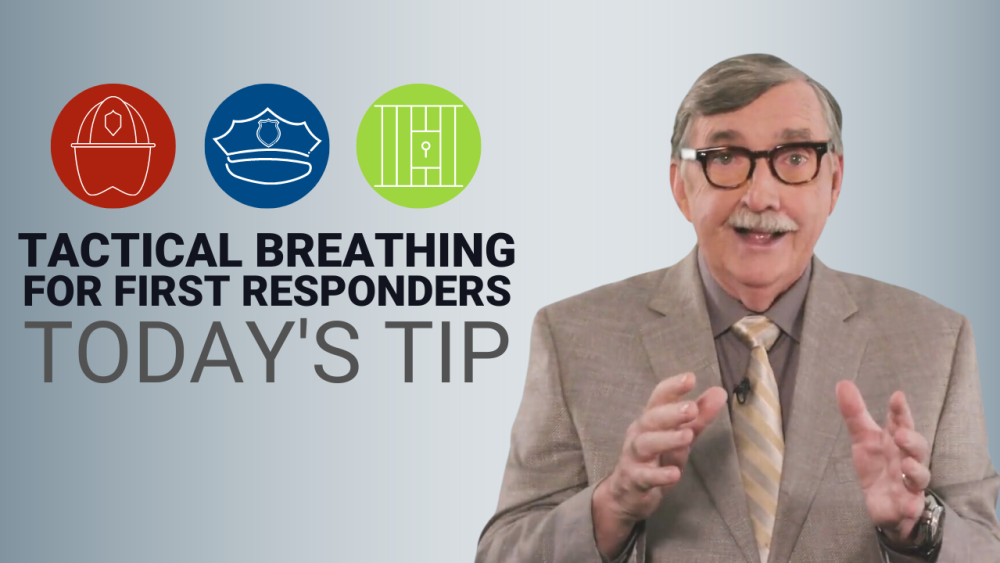Editor’s Note: The standard for excellence in public safety is changing. Lexipol is your partner in understanding how your agency measures up and setting a course to achieve performance excellence. today to learn about our holistic approach built on Gordon Graham’s 5 Pillars of Organizational Success.
Gordon Graham here with Today’s Tip from Lexipol. Today’s Tip is for all first responders. I want to talk to you about Drone as a First Responder programs, or DFR.
For decades, only large, well-funded agencies could afford The rapid advance of unmanned aviation systems, or drones, has made aerial technology more accessible to more agencies. But simply having a drone and using it occasionally may not be enough.
Many organizations now leverage aerial technology with DFR programs. This involves using drones to gather intel before ground units arrive on scene. For some agencies, it means strategically placing drones at permanent locations throughout a jurisdiction for a rapid response. It may also involve sending a drone ahead of first responders to capture a bird’s eye view of what’s happening.
READ NEXT: The 5 As of DFR: Breaking down the DNA of a Drone as First Responder program
With the appropriate FAA waivers, it’s possible for a pilot to remotely from anywhere. Drones can be maintained in a constant state of readiness, available to be deployed at a moment’s notice. This provides a live aerial view of the scene, giving first responders on the ground valuable intelligence that can help them make informed decisions.
Think about how this can impact personnel safety. When first responders approach any situation, they need as much information as possible about what’s happening. Having eyes in the sky can tell law enforcement officers about suspects or suspicious vehicles. It could even prevent an ambush. Similarly, firefighters might assess a fire’s extent or even traffic conditions before their apparatus leaves the station. This lets them allocate resources and plan arrival routes safely and effectively.
It’s an exciting time for emergency services and this technology is still advancing. If you haven’t already, maybe it’s time to consider a DFR program. A drone can be a tremendous tool for managing risks while units are en route to calls for service.
And that’s Today’s Tip from Lexipol. Until next time, Gordon Graham signing off














